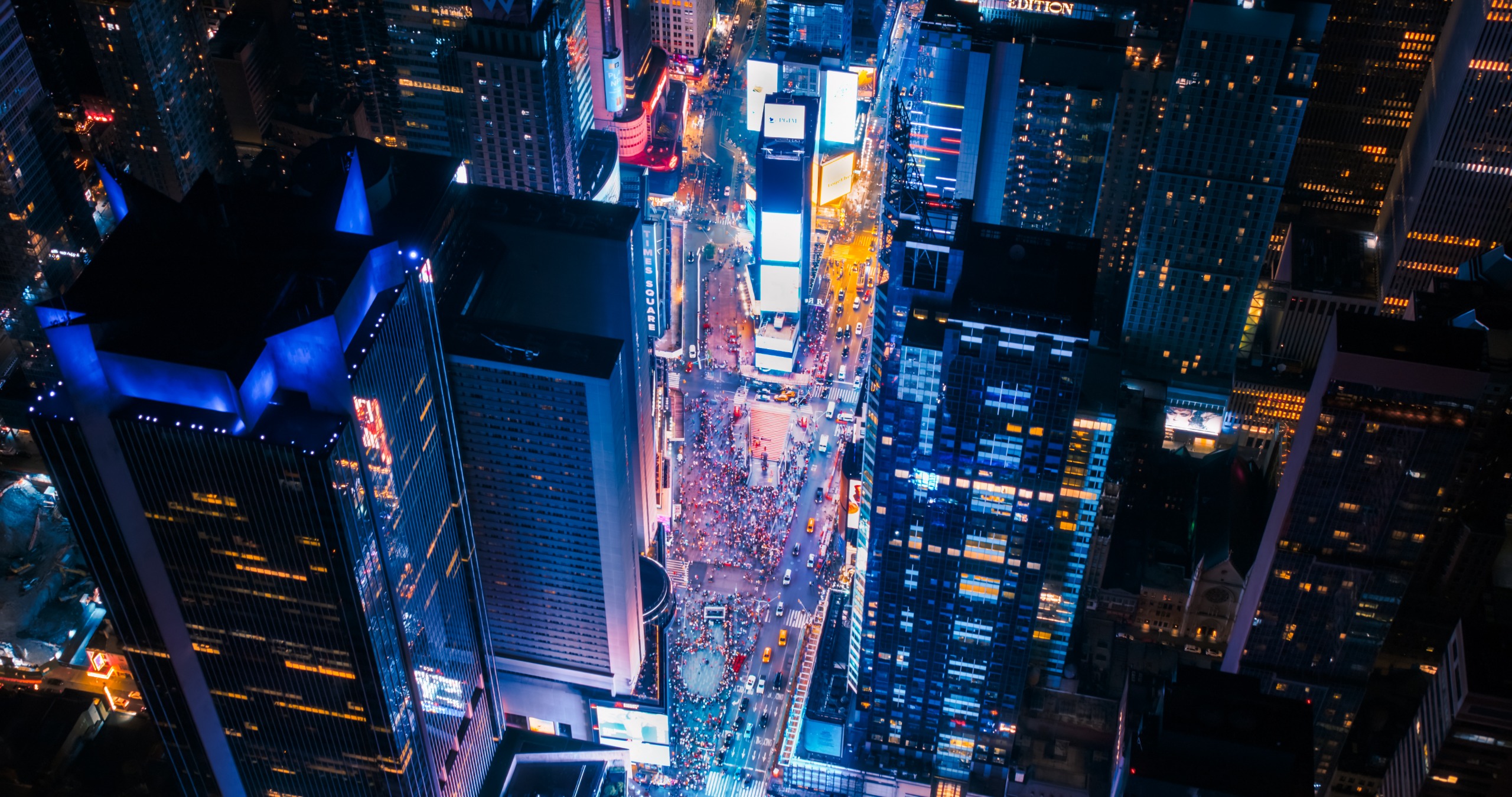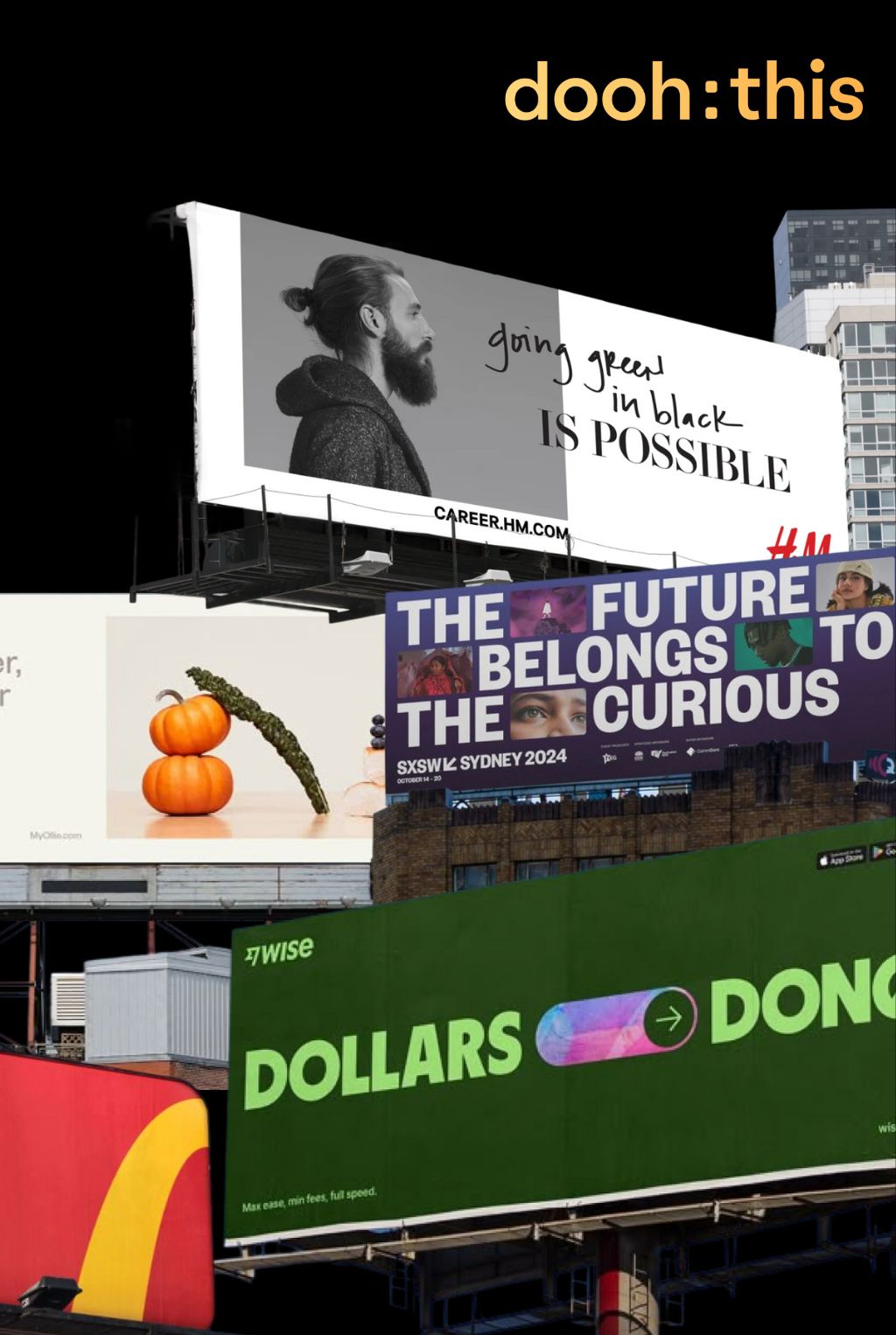The Future of Engagement
The future of computing and human interaction is being rewritten before our eyes. What once gave digital life meaning is collapsing under the weight of AI. Let’s take a step back. Why did we go online at all?
People came online for five clear reasons:
- To learn
- To work
- To be entertained
- To buy and sell
- To build connections
These were the pillars that defined the online world. Now, AI is dismantling each of them.
Learning
The internet was once the great library of humanity. People came online to study, research, and exchange ideas with peers. Knowledge carried weight because it came from other people.
But AI now generates explanations, lessons, and answers faster than any community ever could. Articles are ghostwritten by machines. Entire textbooks are compressed into chat responses. The peer-to-peer exchange of wisdom, once the soul of online learning, becomes unnecessary.
And when you can no longer tell if what you’re reading was crafted by a human or hallucinated by a machine, trust collapses. Learning, one of the strongest pillars of being online, erodes.
Work
The digital workplace once brought people online to collaborate, create, and solve problems together. Cloud tools, chats, and video calls made the internet the new office.
But AI now performs the very work humans came online to do. It takes customer support calls, designs logos, drafts strategies, codes applications, analyzes data, even attends meetings as avatars. Human collaboration is reduced to review and approval, if it’s needed at all.
In this shift, digital “workspaces” lose their purpose. The office in the cloud no longer requires humans to show up. What once justified millions of hours spent online, our labor, our contribution, our craft, gets displaced by algorithms.
Engagement
Social platforms will drown in AI-generated content and users. What begins as convenience will end in decay: real users pushed out, synthetic users pulled in. Giants will fill the void with AI “engagement,” but these are nothing more than hollow echoes.
When you cannot tell if the person liking, sharing, or commenting is even human, every interaction feels hollow. Communities fracture. Credibility evaporates.
And so, people will step away. They will trade screens for streets, feeds for face-to-face, digital noise for real-world presence.
Commerce
The buyer will be an AI agent. The seller will be an AI agent. The human role reduced to approving what the machines already decided.
When stripped of agency in the digital marketplace, they will reclaim it in physical spaces, seeking meaning, experience, and presence in the tangible world they inhabit every day.
The Shift Back to the Real World
As people retreat from synthetic feeds and machine-driven marketplaces, the center of gravity shifts back to the real world. Streets, neighborhoods, transit, and public spaces once again become the stage where human attention truly lives.
This changes everything for advertising. The digital channels that brands once relied on are collapsing into closed loops of AI speaking to AI. Impressions are no longer guarantees of human attention. Engagement is no longer proof of real connection. Marketing dollars risk being wasted in ecosystems where no actual people remain.
For brands, this is the new reality: digital marketing will collapse into machines advertising to machines. To stay human, brands must reconnect with people in the physical environments they inhabit every day, where attention is real, presence undeniable, and trust intact.
The Final Frontier of Human Marketing
Digital marketing once thrived wherever human attention gathered, on social platforms, in search engines, in Q&A boards, in commerce channels. Wherever there were people, there was engagement. And wherever there was engagement, there was digital marketing.
That era is ending. As AI floods the internet, the probability of encountering another human evaporates. Engagement is the first casualty. Time itself is next, because if AI can answer, solve, and transact on our behalf, why spend hours online at all?
Digital marketing is being distilled down to MCPs trading signals with LLMs. Brands stand on the brink of losing channels that guarantee human connection.
Not all is lost.
Out Of Home Advertising (OOH) stands apart. Its monthly active users are not bots, they are people. Its engagement is not clicks, it is life itself. Its demographics are not modeled, they are mapped into the fabric of neighborhoods, streets, and cities.
OOH is the last true stage where brands meet humans in the wild. Funnily enough, it’s the only platform on which the social media giants of today themselves advertise.
But OOH has not yet claimed its rightful place in the media mix. Not because it lacks strength, but because its planning, execution, and measurement remain broken. Complexity has clipped the wings of the most human channel of all.
That changes now.
We’re here to dooh:this.
We believe OOH must rise, not as a complement, but as the central platform of advertising in the AI age.
We believe in fixing its broken workflow.
We believe in making it measurable, dynamic, and effortless.
Because when every other channel collapses into machines selling to machines, OOH will remain what it always has been: humans, looking up, living life, and paying attention.


